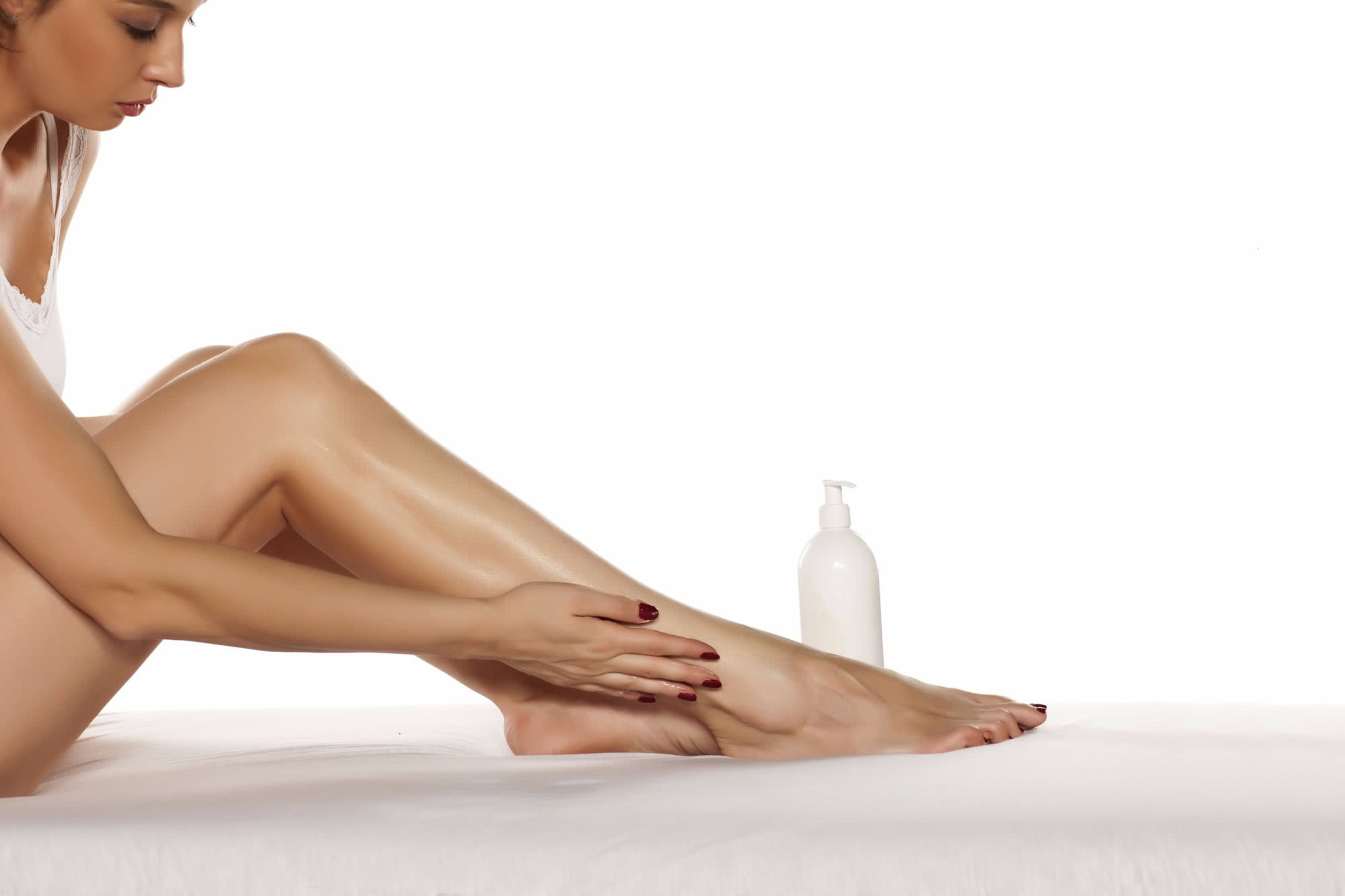
Pre care & after care
Find out how to care for your skin before and after hair removal treatment, including what to avoid before laser hair removal.
Taking care of the skin that is going to be treated is important for your safety and comfort, as well as to ensure the treatment is as effective as possible.
Pre care
Prior to arriving for your treatment session
- The area of treatment should be shaved at least 12 hours prior to treatment.
- Wear loose-fitting clothes on the day.
- Avoid alcohol or smoking the night before and on the day of the treatment.
- Drink at least 1 litre of water the day before and the day of treatment - this helps your body to regulate its temperature.
- Arrive early prior so that you are relaxed.
- Do not exercise before the treatment.
- Avoid applying any products on areas of treatment, keep it dry and clean prior to treatment.
- Do not expose the skin to UV light (sunlight or sunbeds) or apply any self-tanning products for 8 weeks prior to treatment.
Did you know?
Two weeks after your session, your skin will be beautifully smooth, any hair regrowth will be noticeably slower and you'll wonder why you waited so long to get treated at myLaser!
After care
Protecting your skin after and between sessions.
Here's what to avoid:
- Avoid exposing skin to UV light (sunlight or sunbeds) or self-tan for at least 2 weeks after treatment. This is to minimise darkening of the skin (hyperpigmentation).
- Avoid heat treatments such as spas, steam rooms and saunas for 7 days.
- Avoid excessive scrubbing or applying pressure to the skin for 4-5 days. This is to allow the treated skin to recover and to prevent any infection.
- Avoid shaving the treated area for 72 hours after treatment.
- Avoid exercising for at least 48 hours.
- Avoid hot baths and hot showers for 48 hours.
- Avoid anything that involves chlorine (e.g. swimming) for 48 hours.
- Avoid make-up on the treated area for at least 48 hours.
- Avoid the application of perfumed products or bleaching creams for 48 hours.
- Avoid scratching the treatment area if blistering or crusting occurs, as this can cause scarring.
- Avoid waxing, tweezing and threading for the complete duration of the treatment course.
And here's what to do after your treatment and between sessions:
- Do apply an ice-pack on the treated area to reduce pain, discomfort or irritation.
- Do apply aloe vera gel or calming creams for 3 days after the treatment.
- Do wear loose clothes to avoid friction on the treated area for 48 hours.
- Do keep treated area clean and dry for 48 hours.
- Do drink plenty of water.
- Do use at least SPF 50 sunscreen with Zinc for at least 2 weeks.
For skin rejuvenation treatments, scabbing, darkening of the blood verssels under the surface of the skin (vascular lesion), hyperpigmentation (darkening of the skin caused by increased melanin), blanching (skin turning white/pale, caused by temporary obstruction of blood flow) are common reactions
Although very rare, there may be possible adverse reactions immediately after the treatment, such as:
- Excessive pain.
- Excessive persistent erythema (redness of the skin caused by increased blood flow).
- Oedema (swelling caused by fluid retention).
- Blistering (raised portion of the skin that is filled with fluid).
- Bruising or marking of the skin in the shape of the crystal.
- Grey / ash colour forming or the skin appears puckered.
- Skin appearing puckered.
There may be further adverse reactions between 4 and 12 hours after treatment, such as:
- Certain sensitive areas may cause swelling (oedema).
- The treated skin will be sensitive and fragile and therefore could tear when rubbed
- There may be a small risk of scarring. Hyper/hypopigmentation and loss of some of the skin surface (epidermal erosion) may occur; however, the risk is minimised if sunscreen (SPF 50 or greater) with Zinc is used.
- Prolonged itching may occur but keep the area cool and apply aloe vera gel or calming creams.
In order for treatment to be successful and effective with minimal potential adverse effects as possible, you must follow the aftercare routine as indicated on this page.
Need to know
Arrange a free consultation
{{ consultationErrorMessage }}
{{ consultationSuccessMessage }}
Sign up for offers
{{ newsletterErrorMessage }}
{{ newsletterSuccessMessage }}
